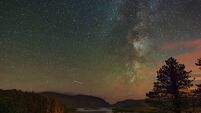Our idyllic coastline faces so many threats and needs our help
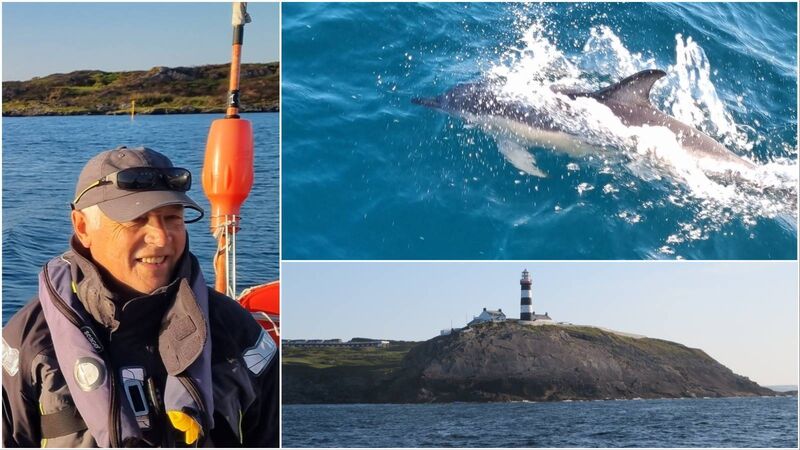
Common dolphins; Old Head of Kinsale. Pictures: Richard Nairn
On midsummer’s day, I was sitting aboard my small yacht in a windy west coast bay watching the sunset over the Atlantic. All around were stunning views of misty mountains, shining beaches and dark headlands but the forecast was for storms in the next few days.
With my brother Mike, I was fulfilling an ambition to sail around the island of Ireland in memory of our late father, George Nairn, who lived the same dream exactly 30 years ago. When we cast off from the east coast harbour of Greystones, County Wicklow we had some 1,600 kilometres of sailing ahead of us before returning home.
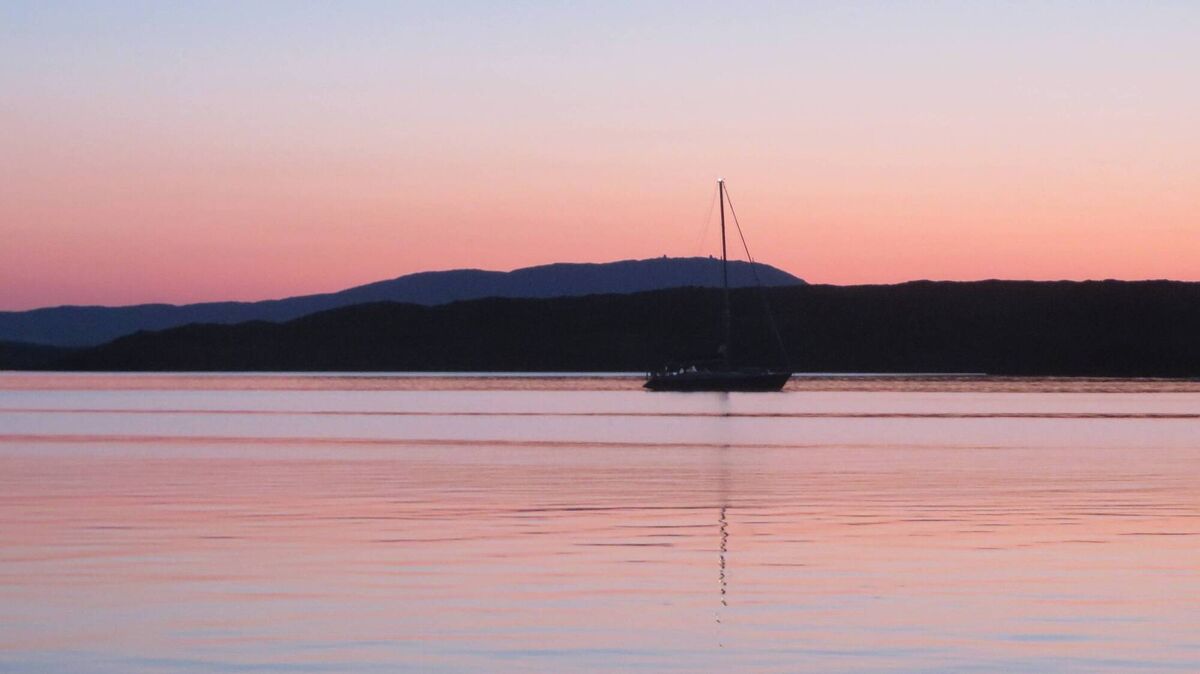
After five weeks on the sea in every kind of weather, I am left with a lasting impression of the wonder and diversity of the Irish coastline. This intricately woven line is a jewelled crown of beautiful landscapes and seascapes. Passing below such globally unique places as the Skelligs and the Giant’s Causeway is a stunning experience. Our coast is a haven for nature — fish, seabirds, dolphins, whales, basking sharks, sea grasses, kelp beds and much more diversity beneath the waves than we can even imagine.
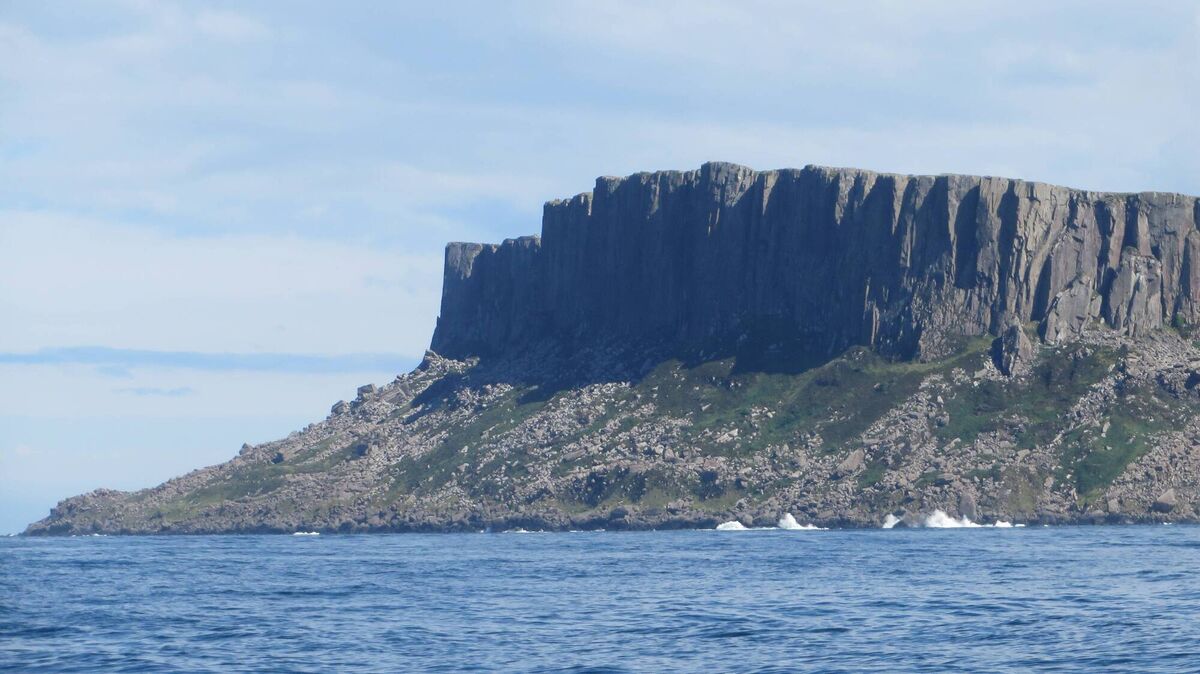
But how long will it remain like this? Despite the idyllic appearance of our coast there is trouble at sea.
We know now that climate change is ‘out of control’ and this summer the world has already experienced the hottest week since records began. The sea is not immune from these rapid changes.
In June, the coast of Ireland experienced sea temperatures that were 4-5°C higher than is seasonally normal. The marine heatwave in North Atlantic waters is classified as ‘extreme’ and, unlike the land, all the oceans are connected. This poses a huge risk to our marine biodiversity. Fish and other marine creatures, that can move fast enough, will desert our shores and migrate north in search of cooler waters. The larger predators such as seabirds, whales, dolphins and seals that depend on fish or shellfish for food will either decline in numbers or disappear altogether from our shores. And the plankton that forms the very base of all marine food chains may vanish from our continental shelf.
In addition to this threat, overfishing has already decimated many fish species and is undermining the very ecosystem on which all marine life depends. The fishermen I spoke to around the coast all blamed the EU for not giving Ireland its fair share of Irish fish stocks and the other member states for ‘robbing our seas’.
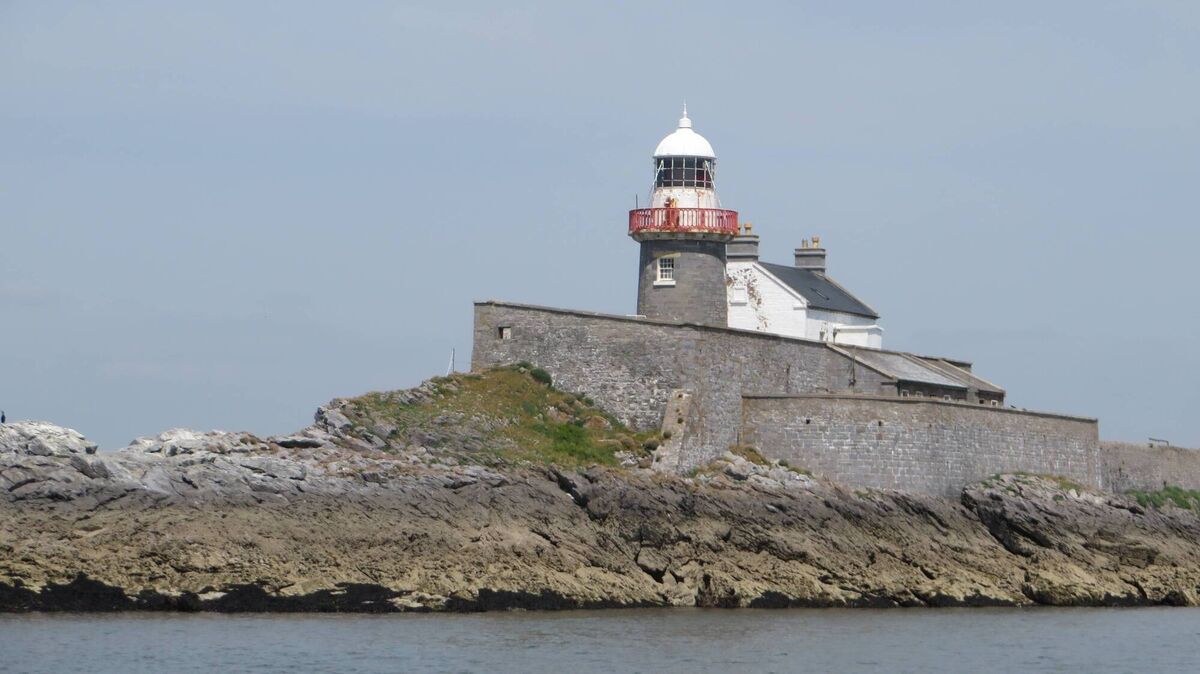
But when I visited all of our major fishery harbours, including Howth, Kilmore Quay, Castletownbere, Rossaveel, Killybegs and Kilkeel, I was left with the clear impression that overfishing continues apace here too. The maze of pots that we had to avoid around these ports and the frequency of inshore trawling showed me clearly that crustaceans such as prawns, crabs and lobsters and shellfish like seed mussels, whelks and scallops, are also being scoured at will from the ocean floor.
The only way to save the marine ecosystem from total destruction in the face of these twin threats is to designate and strictly protect a significant area of the sea. Marine Protected Areas (MPAs) mean properly enforced controls on all fisheries, allowing fish and shellfish to grow larger and produce more offspring, in turn acting as nurseries for the surrounding areas with benefits for fishing communities. This is well demonstrated in other countries where such MPAs have been properly established. Currently, just 8% of Ireland’s waters are legally protected and none of these has any fishery controls. The EU requires that, all coastal member states must have strict protection for 30% of their sea area by 2030.
Ireland’s marine territory is 10 times the area of the island, so we have a disproportionate responsibility to combat these threats.
However, the combined efforts of the environmental groups in this country have so far failed to match the lobbying pressure of the fishing industry and the Government continues to drag its heels on proper designation and enforcement of marine protected areas.
Having seen the abundance and diversity of the entire coastline of Ireland this summer I am more determined than ever that my grandchildren too should have this privilege in years to come.
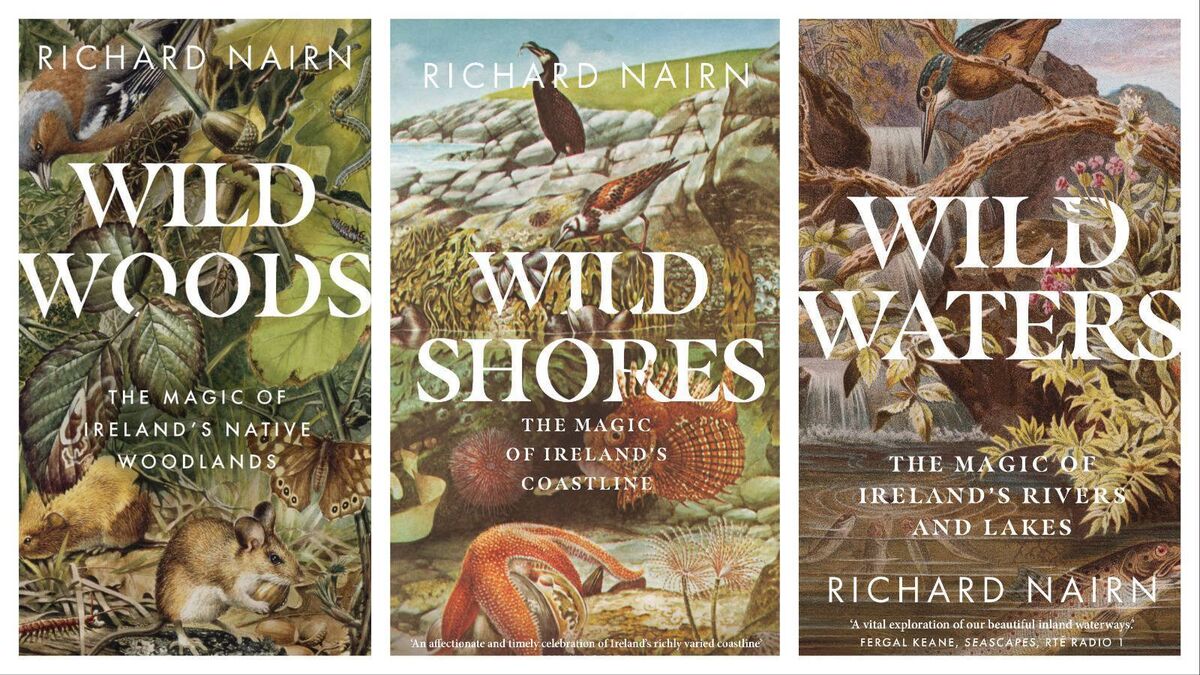
- Richard Nairn is an ecologist and author whose recent trilogy includes the title (Gill Books)






